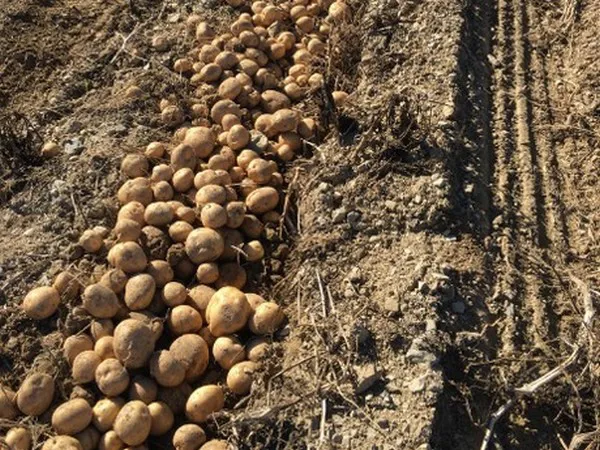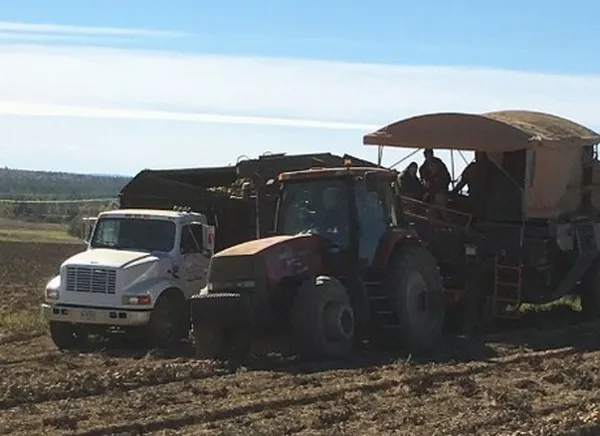With demand flattening back out on potatoes, the North American potato market looks solid for supplies.
RUSSETS: Supplies of Russets are fairly ample and should last until July at least. “There was never supposed to be a shortage of them and there isn’t a shortage of them,” says Ken Gad of South Easton, MA-based Cambridge Farms Inc. “Quality can be up and down though. It’s important when buying to make sure you’re getting a proper variety that grades well.”
Gad notes that once COVID-19 hit, the Russet potato was affected in a number of ways. (French Fry processors for example reported significant drops in demand thanks to restaurant closures.) “So, there are a lot of contracted Burbank Russets that weren’t meant for the table showing up and the quality isn’t the same. That said, there are still also a lot of good Russets out there,” says Gad.

REDS/YELLOWS: In the early winter, the red market looked like it was going to be tight all winter and into the early spring. “But with the slowdown we found extra supplies that we didn’t know were going to be there,” says Gad. “However, then the buying frenzy on potatoes hit and we wiped those out quickly. It created a real shortage of quality and quantity for reds and yellows.” In turn, Gad notes that the spring market on both reds and yellows has seen strong pricing. “It’s been extremely hard to get any open product up until the last few weeks,” says Gad.
WHITES: This time of year doesn’t generally see strong demand for white potatoes, notes Gad. “But going into late June to August, the white potato volume picks up dramatically on the East Coast. It just seems to be what people like,” he says. “If we can get the public back out picnicking, etc., a lot of white potatoes get used during the summer. We’ll have a good supply of those and feel confident we can take care of our customer’s needs amply.”
Even with demand on potatoes slowing down, Gad notes that pricing has levelled off somewhat, though pricing is still somewhat higher than normal.
Fall 2020 outlook
Looking ahead to fall, it remains to be seen how plantings will shape up. Initially seed potatoes were in short supply following last fall’s frost. On top of that, processors also trimming back contracts, although that has changed and processors are reconsidering how many potatoes they’ll need this fall. “It’s a bit of a rubber band effect going on and it’ll probably take another year to straighten it out,” says Gad.

Overall Gad also wonders if post-pandemic, a natural attrition of potato growers might happen. “Will this be the natural cutback in production we need?” he asks. “You can’t continue to grow massive amounts of product and then turn around and feed the consumer smaller packages of things we used to throw away,” he says. “We continue to push small potatoes—B and C size, steamables, etc. We’re getting a premium for what we used to throw away. So, what do you do with all the size A that you grew? This may be a way to naturally pare back on the overproduction.”
For more information:
Ken Gad
Cambridge Farms Inc.
Tel: +1 (508) 297-2630
Ken@CambridgeFarms.com
https://cambridgefarms.wordpress.com/
